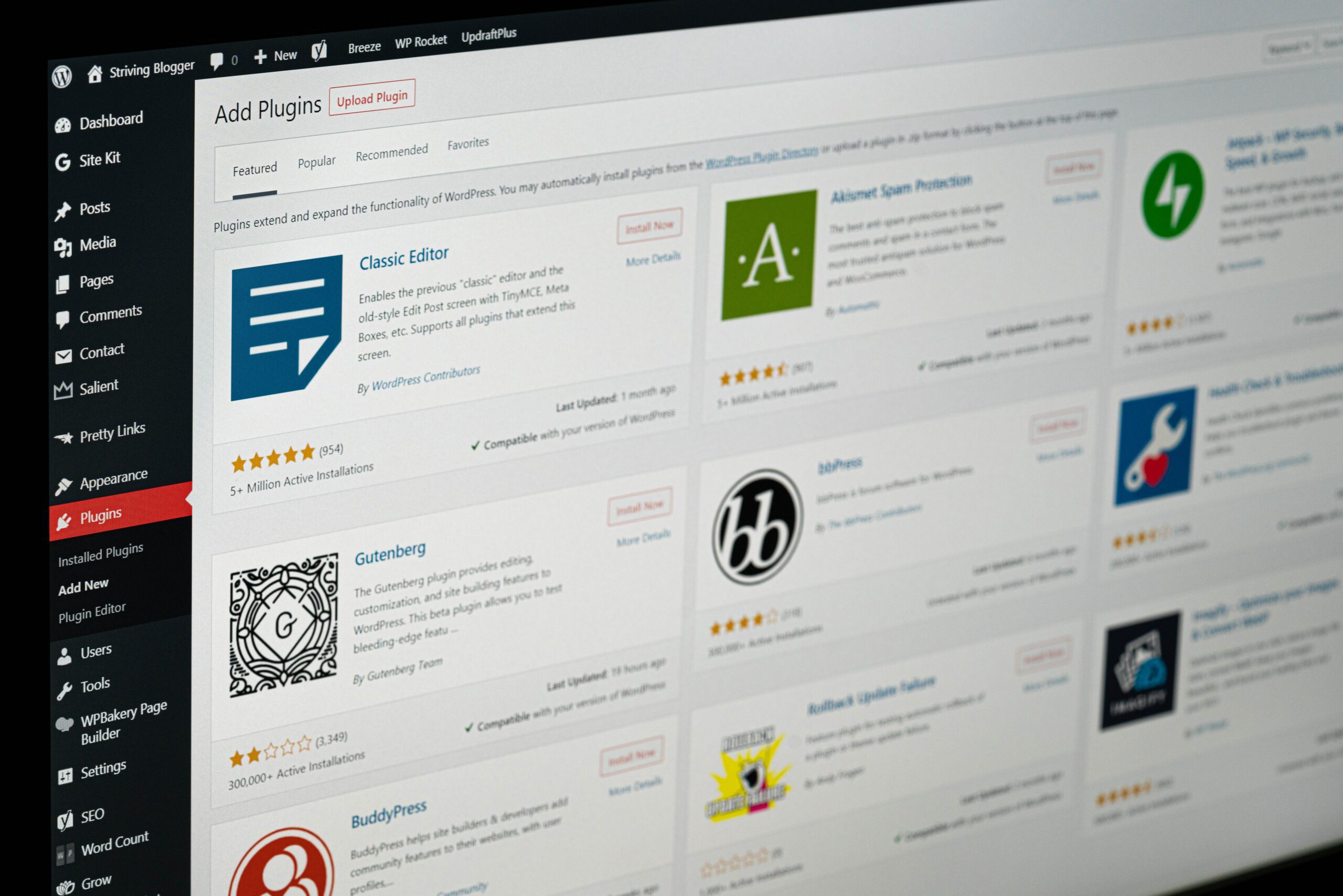What is a Content Management System (CMS)?
A content management system (CMS Platform) is a software application that allows users to manage content. Through a CMS, a user can create, edit, organise and share different information online. CMSs provide a one-stop shop for all your management needs, with some now offering hosting options and domain registration, meaning they’re the only company you’ll need. CMSs also provide the option of having multiple user roles to suit the needs of agencies.
Core features of a Content Management System (CMS)
Whilst there are various types of content management systems, all of the are designed for the same core reason; to create, edit and display different data online. With this being said, here is a breakdown of the core components contained within a content management system.
Build websites
content management systems are the best way to build a website. They offer a wide range of building options to suit different needs, making it easy to develop a quick and efficient website or a complex and unique one. CMSs now offer custom templates meaning all you have to do to get your website live is click a few buttons.
Content collaboration
Different CMS platforms offer a varied style of collaboration, however, all of them should allow different users to create, edit and manage the content being stored and displayed. Different user roles can also be determined to better help split the content management load and further help collaboration across the business.

How does a CMS help to build websites?
CMS platforms can take care of everything from domain registration to site management. Most content management systems offer a wide range of website building options from drag and drop for beginners to coding features for skilled web designers. CMS platforms offer easy management of content and give you the ability to include plug-ins which can automate a large portion of your work and streamline your process. There are 3 main types of CMS platforms to choose from and these are:
Headless CMS
Headless CMS differs from the standard CMS platform as it does not couple up the different elements within a code structure. What this means is that data can be reused easily as content can fit multiple users and their varied needs (such as different screen sizes). Whilst headless CMS does offer greater flexibility, it also comes with a significant amount of extra work. This level of flexibility is perfect for national or international companies that have sites with a local focus. If you plan to use a headless CMS, we highly recommend speaking to CMS design experts to ensure your website is created the way you want it.
Decoupled CMS
A decoupled CMS is a management system that separates the presentation layer from the behaviour layer. Decoupled CMS platforms stores CCS formatting and Javascript functions into separate files from the HTML content. This allows for changes to be made to the styling of a website without damaging its content. This allows for good design flexibility but isn’t as fluid to users’ needs as headless CMS. The downside to decoupled CMS is having to manage 2 different systems (the different layers). Medical Supplies
Coupled CMS
A coupled CMS is the traditional form of a content management system. This system makes it super easy for content creation and editing to be published live on the front end as both the behaviour and presentation layer are linked. This is the easiest CMS format to manage and can easily be controlled with little previous experience of using a CMS. The drawback to the traditional CMS is the lack of flexibility you are provided, with it being more difficult to develop content for different user needs.
Examples of Content Management Systems (CMS)
WordPress
WordPress is the largest content management system in the world. WordPress is used by 445 million websites (as of 2021), which is a massive 37% of all websites. There is a reason WordPress is used by so many and is seen as the best CMS software available. WordPress is free to download, it’s extremely user-friendly, can cater to beginners and advanced designers, and has plug-ins, templates, and other site necessities designed specifically for the platform. WordPress by nature is a coupled CMS, but now they even offer decoupled options to suit each user’s needs. With WordPress, you can utilise drag and drop or coding depending on your abilities and they even have a learn section to help you improve.
Wix
Wix is a great website for beginners. Their easy drag-and-drop system allows for a painless website build. Wix runs you through a set of questions using its ‘Wix Wizard’ and, from your answers, provides a matching template selection. This tool comes bundled with everything, making it the perfect place to start. You can manage social media, SEO, hosting, blogs, and the site itself. If you want wix.com removed from the end of your domain, however, you will have to opt for the paid version over the free.
Squarespace
Squarespace is a highly adaptive form of CMS that can fit every type of website. It’s built to be simple, allowing anyone to create and manage a website. It has multiple features that show why it holds 3% of all websites. It has a great drag-and-drop builder, quality templates, a simple-to-use dashboard for management, and offers marketing integrations between the CMS and different social media. However, the luxury of creating an effective and simple site with minimal effort comes with a price tag. You can trial Squarespace before purchasing their software with their 14-day free trial.
Shopify
Shopify is a specialist content management system. Whilst most focus on content production or blogging, Shopify is designed to manage an e-commerce website and provides the best environment for a business to design, build and manage its e-commerce store. Shopify is the CMS to use if you’re selling products online.